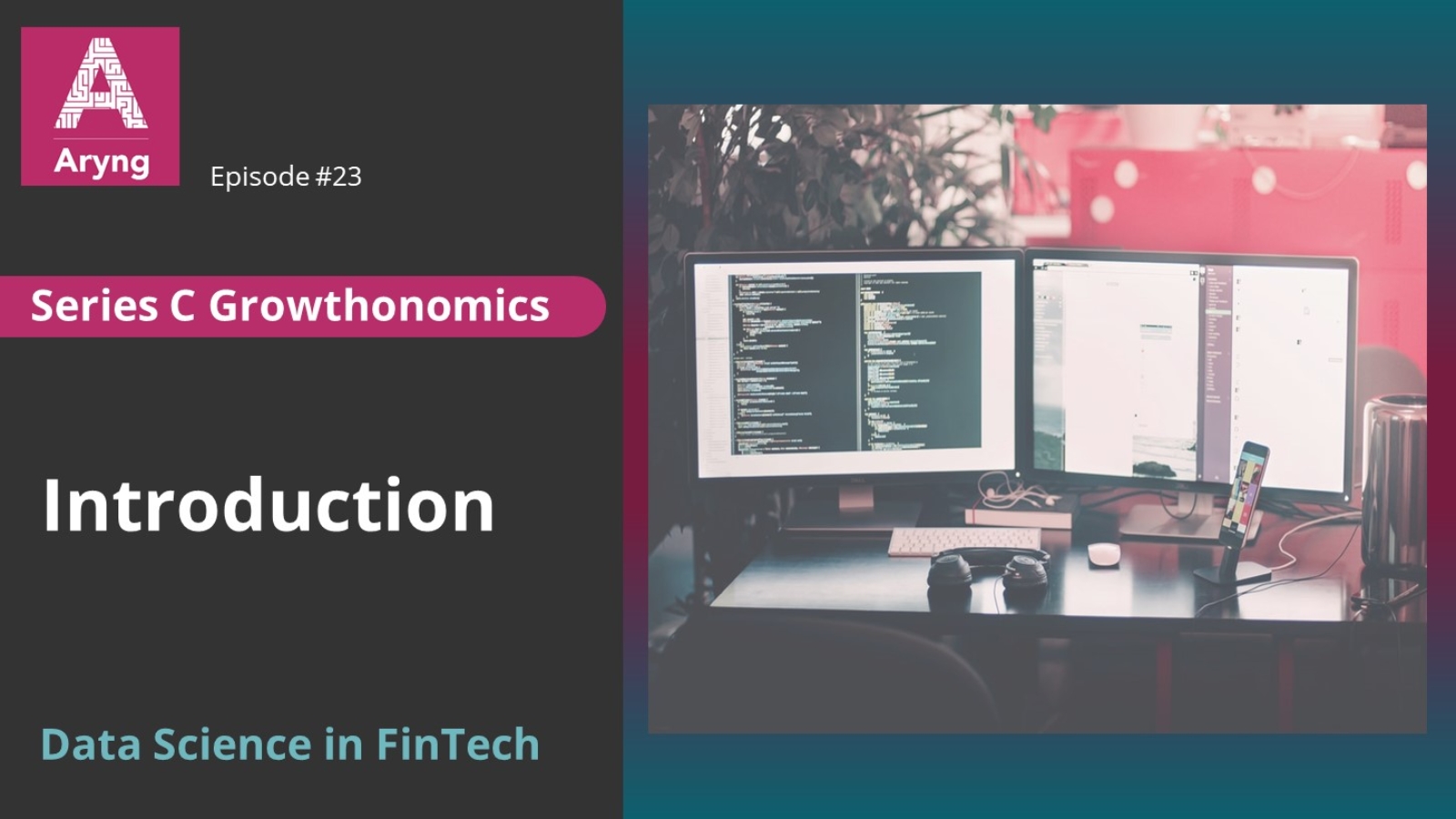“Banking has to work when and where you need it. The best advice and the best service in financial services happens in real-time and is based on customer behavior, using principles of Big Data, mobility and gamification.” – Brett King
One could argue that the sector where data science is most effective is Financial Technology (Fintech). Fintech companies continue to pioneer analytics with extensive use of data in their regular work. Hence, using data science in fintech has become more than a trend but a necessity.
Data Science is essential in fintech due to the massive volume of data resulting from uncountable transactions. It can often be overwhelming; hence, this post covers only the most essential applications.
Let’s start based on the basic profit formula,
Profit = Revenue – Loss – Cost
Hence to increase profit, you need to increase revenue while minimizing the loss and cost.
For each element, let’s look into the most impactful use cases.
Revenue
Product
There are ample opportunities for product analytics in fintech. The primary use cases include:
1. Packaging and pricing
Packaging and pricing the product is foundational for start-ups. Start-ups need to conduct some level of primary or secondary research or experiments to understand the three critical elements of packaging and pricing –
- Target customers
- Benefits and features to include in basic/standard/premium package
- Pricing for each package
Businesses can also use behavioral economics to improve the packaging and pricing of the product.
2. Transaction and Cart conversion
Cart conversion is a necessary analysis to understand how effective your checkout process is at getting the sale. This analysis looks at the customer conversion (or churn) funnel at each stage of the user journey and then understands what needs to be updated to increase the overall percentage of users completing the process.
3. Product Recommendation
Personalized product recommendations based on users’ past purchases, a default expectation in e-commerce, have become a feature in all sectors. Increased accuracy of such suggestions differentiates a great company from a regular one. Finding and providing the right recommendations increase customer confidence and loyalty. Uncover correlations between historical purchases and customer preferences to make apt recommendations for future purchases.
4. Forecasting Sales and Revenue
Although forecasting something in the future sounds vague and unsettling, understanding the concept of forecasting can help predict various business metrics. Analyzing historical data to understand drivers, timeline trends, and market reactions to events can help track and predict sales and revenue for your business.
Marketing
Marketing in fintech is tricky as financial services are usually mundane and more of a necessity. One can extend the basic marketing analytics framework to fintech companies, but with a twist.
1. Acquisition analytics
Acquisition analytics can help provide aggregate predictions based on the source of customer acquisition and understand where your best customers arise—the knowledge on acquisition ties directly to LTV analytics.
2. Customer Life Time Value (LTV)
LTV is the projected profitability and the value per account. This knowledge allows businesses to offer various levels of service and customized offerings based on customer segments.
3. Segmentation
Your product will be used differently depending on the customers’ needs. Understanding their product preferences can help identify relevant customer segments. Popular segments are big merchants, small merchants, and person-to-person payers.
A caveat that affects fintech during segmentation is that only a few customers are the primary revenue contributors, so segmentation options are limited. In these scenarios, the analyst’s knowledge of the features can help make segments based on intelligent hypotheses.
4. Targeting
You can grow your business by providing the ‘right services’ to the ‘right people.’ To identify the most significant market opportunities, create targeted campaigns to understand the market and customer behavior. One can use ML-based classification to identify the target group and to provide a product valuable to them.
In short, marketing analytics identifies ‘who’ will take ‘what product’ at ‘what price.’
Next, let us look at the data science methods used to minimize the loss.
Loss and Risk
The aspect which makes fintech different from other industries is the presence of fraud, which constitutes the loss aspect of the profit equation.
It is challenging to keep a close watch on each customer. Machine Learning can help predict fraud among many users based on individual customer behavior patterns.
The significant risk which affects fintech is Account Takeover (ATO) fraud. There is an opportunity to use AI/ML here to reduce the chances of fraud. The difficulty here is that only a tiny percentage of fraudulent transactions exist, resulting in unbalanced data for predictions.
Most of you have AI/ML systems in place, but you need to keep two things in mind to improve the outcomes of your risk analytics exercise:
1. Strong hypothesis-driven feature engineering
You need intertwined features that encompass various customer traits to predict fraud better. Since records of Fraud instances are low, fraud analysts should know to derive features that will have a high correlation with a small number of cases.
2. Use external data
Fraud never happens in siloes. Use data external to the company that gives exposure to other fraud instances.
3. Frequent builds
Fraud models deteriorate fast as fraudsters learn the security behavior quickly, so your algorithm needs frequent builds where you adapt the features based on the latest updates and trends.
Cost and Operation
Operations drive cost.
Operations vary depending on the type of organization. Two of the most common applications are:
1. Call routing
Even an intuitive app will require some customer service. Since fintech deals with money, the need for customer service is more significant. Understanding the customers and the nature of calls through historical analysis allows to optimize the call routing experience, which helps the operator and the customer.
2. Optimization
Operations are close to synonymous with optimization.
The prominent example of optimization in Fintech is ATM Cash Withdrawal Forecast, an essential ML optimization exercise that helps predict the daily cash needs at each ATM terminal.
You could load maximum currency in an ATM if there is no cost to keeping money, but the real world works differently, and there is a cost for keeping cash in ATMs. If you do not pack enough currency, you lose an opportunity to provide service. Increase the loading frequency, and there is an increase in armored carrier cost. This situation calls for a balance between the variables, which is an optimization problem.
Regardless of the type of problem, all optimization problems involved forecasting based on seasonality, trend, and noise identification.


